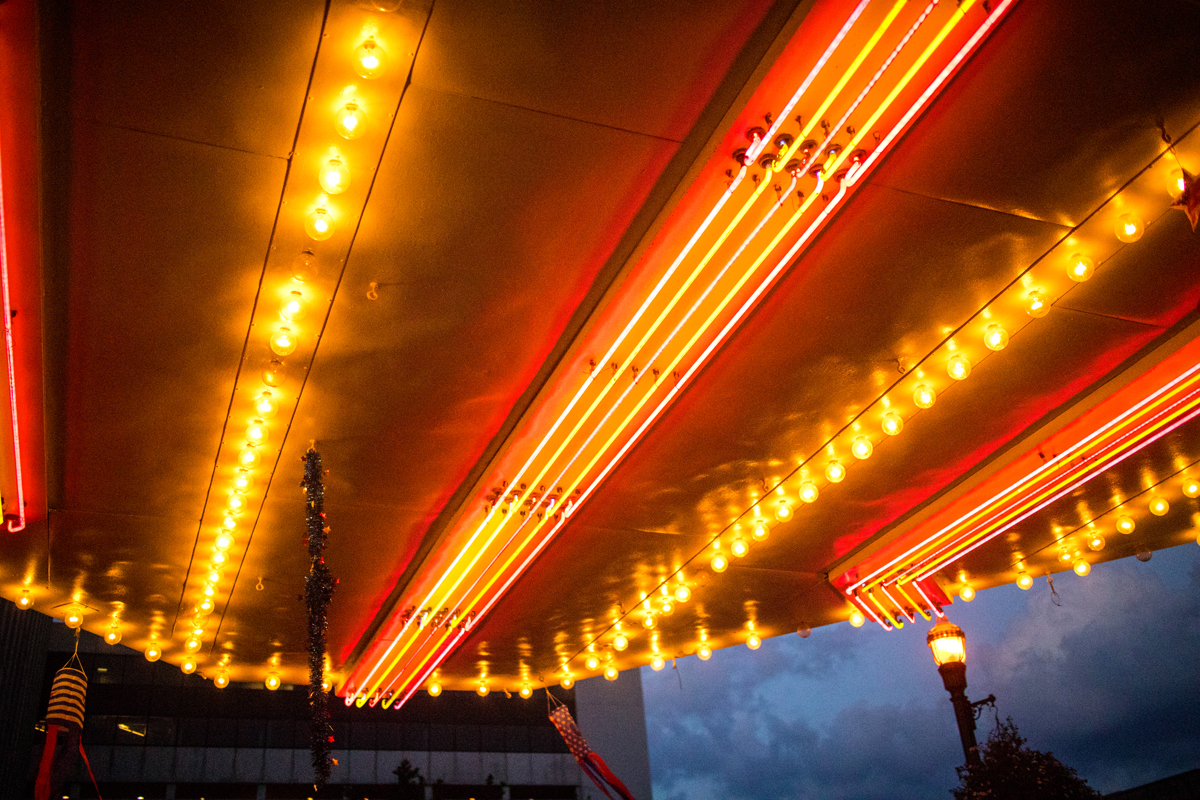Many LED manufacturers give five years’ warranty and tell the LEDs will last 10,000 hours. What about the life of a neon sign?
A well-made neon sign has a lifetime of 50,000-80,000 hours, and it has been confirmed that neon tubes have been lit for more than 70 years running 24/7. So, neon is really a long-life light source.
You can blink/flash LEDs quickly. Is it true that neon lamps fail early when flashed?
This confuses fluorescent lamps with real neon tubes, which can be flashed faster than the eye can see without affecting the lifetime. A real neon tube does not have heated filaments like a fluorescent tube or an incandescent lamp, thus the number of switching cycles does not influence the lifetime of neon tubes.
Advertisement
Neon is high voltage, but is it safe? I heard about fires.
Neon is completely safe when installed according to the rules. Thus, without any exception, neon must be installed and serviced by professionals only. Seek a licensed shop with experienced sign electricians. National electrical rules prescribe safety devices that shut off the power faster than someone can get hurt, if something should happen.
Can neon be installed in my home?
That depends on local regulations. While small, portable neon signs (with cord and plug) are usually permitted in family dwellings, fixed neon installations might be illegal.
Advertisement
If neon fails, can you repair it and/or can you recycle it?
In most cases, a defective neon tube can be repaired in the neon glass shop and all materials used to make neon tubes are recyclable.
What is the smallest radius you can bend the neon tube?
Approximately the tube diameter.
Advertisement
What is the maximum length of a neon tube?
The length is mainly limited by the risk of transport and installation. Common lengths range from 1 in. to 10-20 ft., though I have seen a 45-ft. tube in one piece.
LEDs can have difficulties operating in high heat outdoors. What about neon?
Neon tubes are not affected by heat and can operate without derating at more than 205° F. No thermal cutout switch is necessary.
Outdoor LEDs must be waterproof to avoid electrolytic corrosion. What about neon?
In contrast to LEDs, neon operates on alternating current, so electrolytic corrosion effects are negligible.
Can you make neon dimmable?
Yes, with low-power factor transformers equipped with dimmers designed for highly inductive loads. Some special electronic neon-power supplies are dimmable, but they are not recommended for outdoor use.
Can you design a single neon tube to change, program or cycle colors like RGB LEDs?
Technically, this is possible in a very restricted manner (from red to blue), but the special power supplies are no longer available. What is possible is to place multiple neon tubes of different colors close together and put each one separately on a dimmer channel.



 Tip Sheet1 week ago
Tip Sheet1 week ago
 Ask Signs of the Times2 days ago
Ask Signs of the Times2 days ago
 Real Deal1 week ago
Real Deal1 week ago
 Benchmarks4 days ago
Benchmarks4 days ago
 Editor's Note2 weeks ago
Editor's Note2 weeks ago
 Women in Signs1 week ago
Women in Signs1 week ago
 Photo Gallery6 days ago
Photo Gallery6 days ago
 Product Buying + Technology2 weeks ago
Product Buying + Technology2 weeks ago









